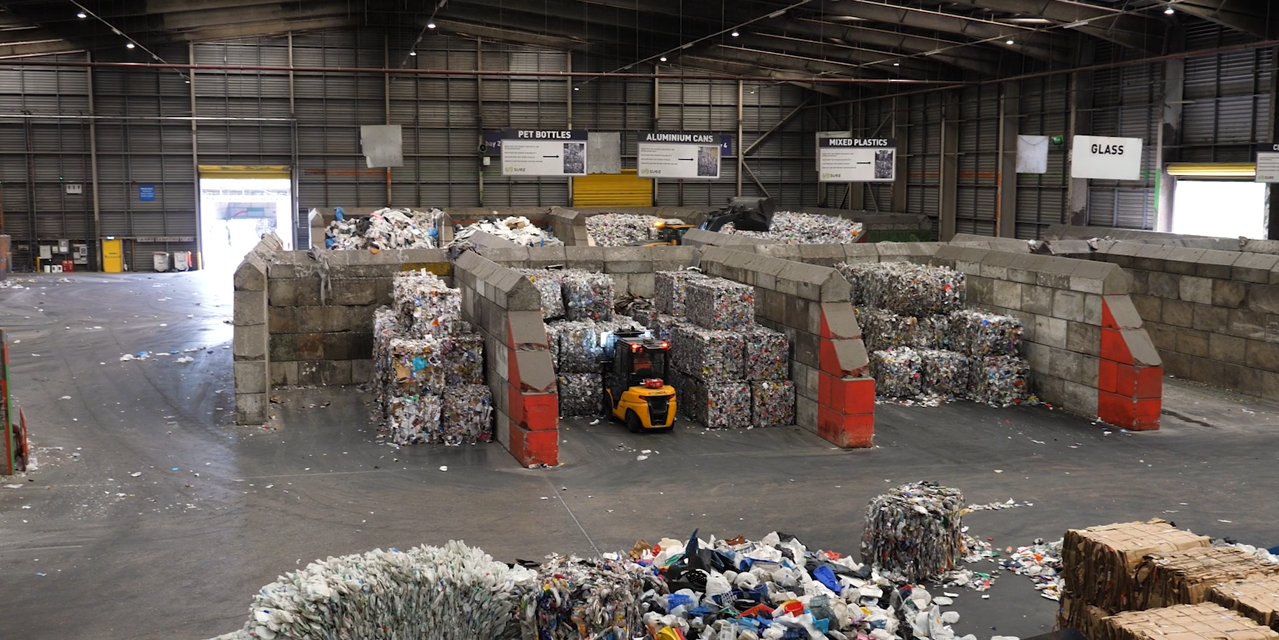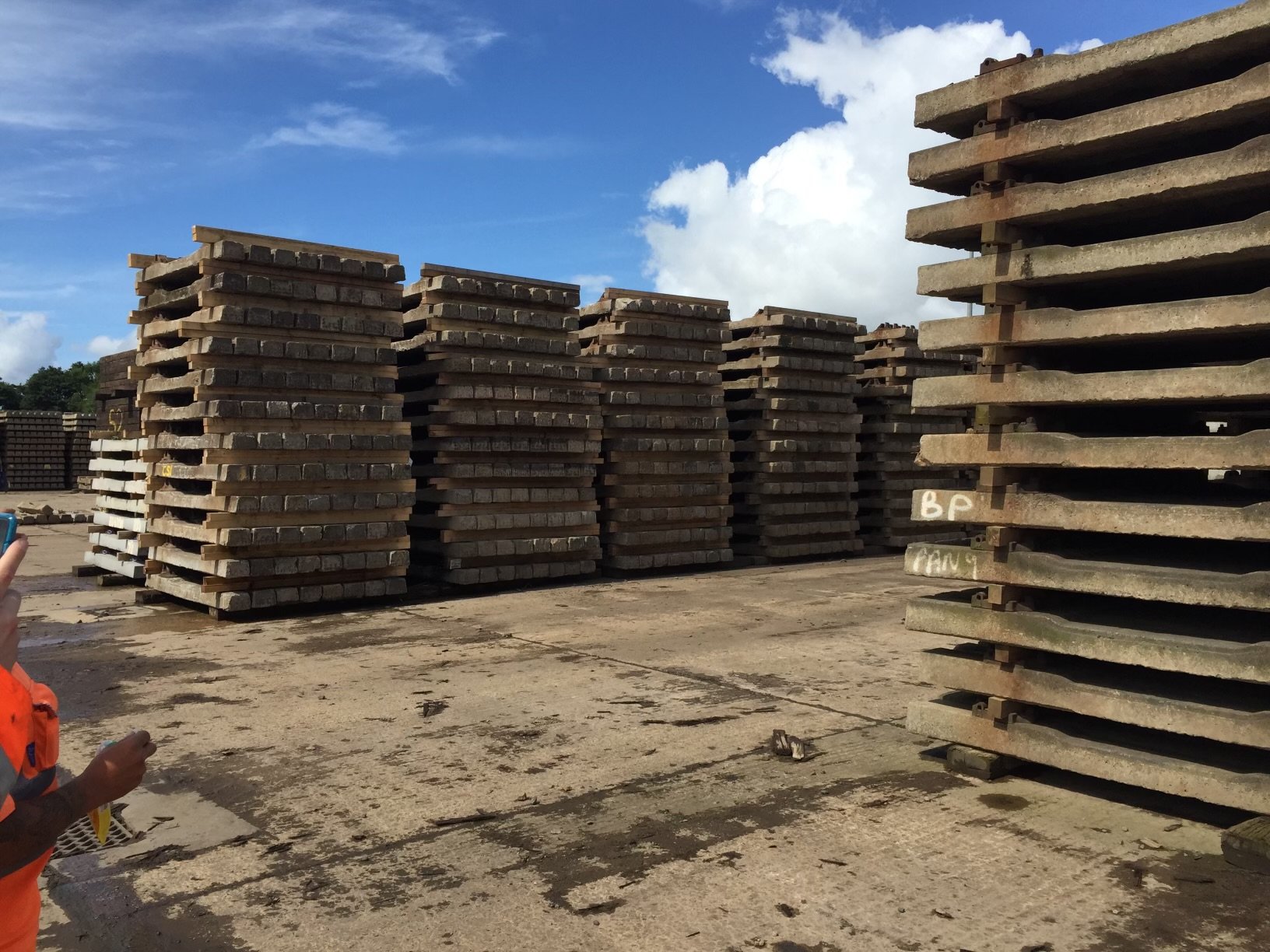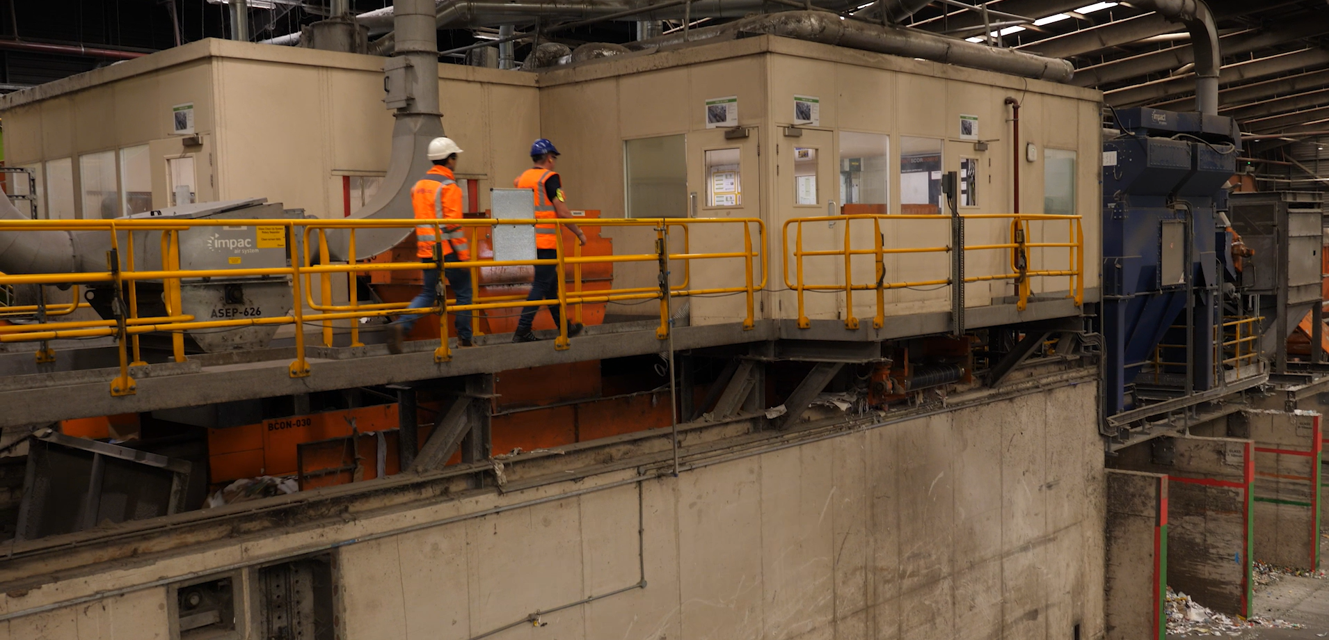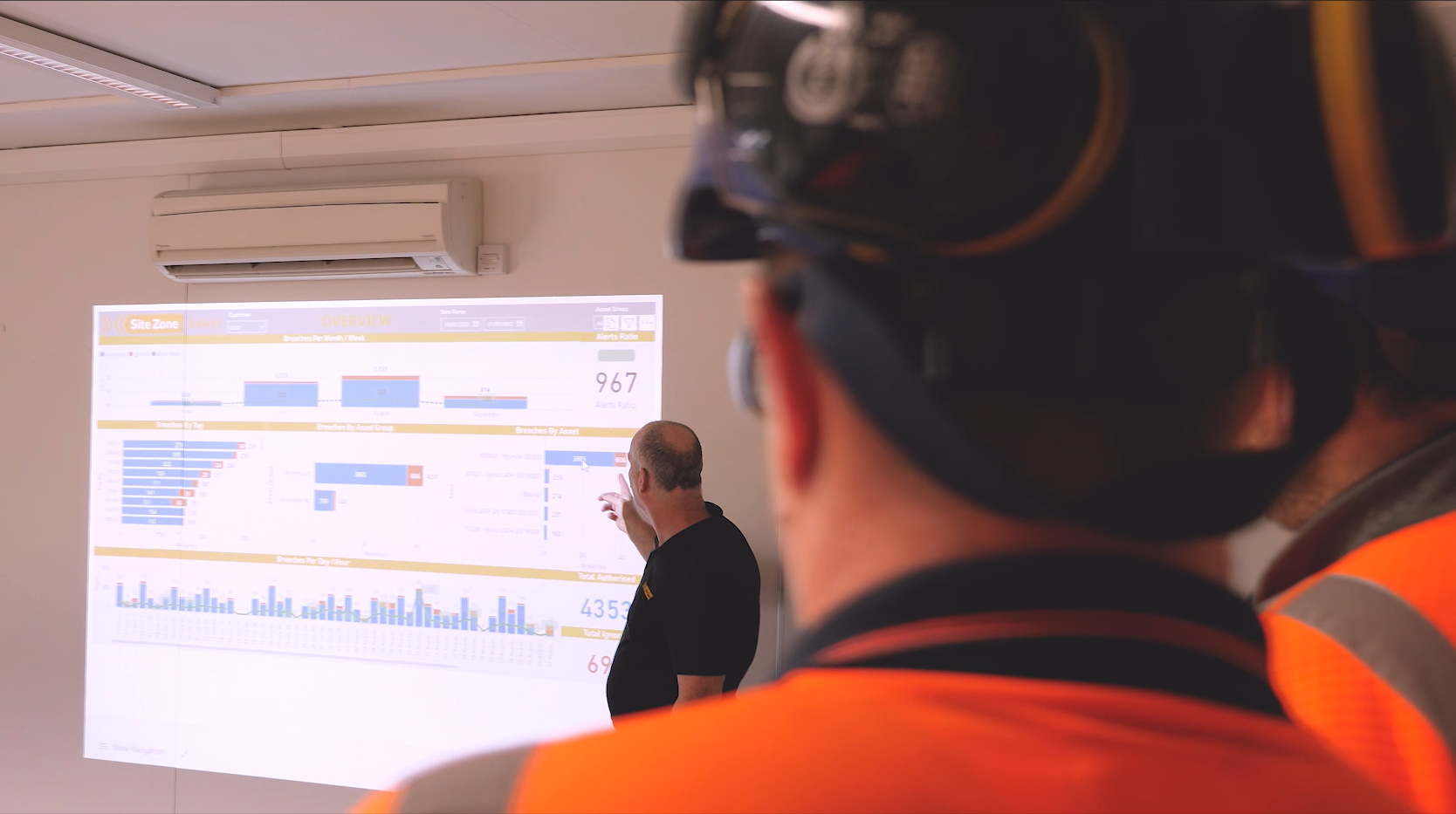
Contents
The latest figures from the HSE have shown an increase in fatalities in the waste and recycling sector, after 5 years of decline. And with the third highest cause of fatalities in all sectors being struck by a moving vehicle, it’s time to focus on the people part of plant to pedestrian safety. This is not a box-ticking exercise. By focusing on behaviours and risk reduction we can save lives in the waste sector.
We recently held a webinar with Let’s Recycle to look at the diverse working environment of the sites you manage in the waste, environment, and recycling sector. We looked at the specific challenges you face on your sites and how proximity warning systems can help mitigate the risks for you. We discussed how you can use products and data together to make real, long-lasting behavioural change to reach the level of zero plant pedestrian incidents on site – proven by a case study with FCC Environment.
If you missed it, you can watch the recording here. Attendees rated the event as 8.39 out of 10, so we hope you’ll enjoy it too.
What did you miss?
We delved into what makes your sector – waste, environment, and recycling - unique and how we’ve worked with over 150 waste sites to help you manage the plant pedestrian risks. Read on to find out more.....
Diverse working environments
Sites are busy with lots of movement and potential for plant pedestrian interaction. But every site is different with different layouts, vehicle movements and, challenges. For example, an In-Vessel Composting site has very low visibility, so cameras do not work in this environment.
This is why we always start with a site survey to understand your operations, the vehicles you use, your existing safe systems of work, and what your biggest site concerns are. This enables us to find the best configuration of our proximity warning system to match your requirements.
Pedestrians and vehicles working closely together
The very nature of the environment means that people and plant are working near to each other. And you can only go so far with substitute, segregate, and eliminate.
You will have vehicles moving waste and recyclables around the yard, material handlers sorting, loading shovels tipping , and staff picking and clearing on-site all at the same time. We can adapt for your operations. For example, if you need to have people working close to the bucket or grab for a risk assessed controlled operation, tags can be accepted into the zone. This will stop the alarm, but the driver will always have a visual indication there is a tag present.
We can also help show you via our SiteZone BI data platform which tags/people are the ones getting too close, too often, to the vehicles.
Sam Boshier, Marketing Manager who has been helping customers interpret and use their data, comments:
“Only recently I was running through data with a customer, and they identified a tag that stood out from the rest of the data. This tag belonged to the cleaner and the site could go and address the person directly to explain the hazard and retrain if necessary.”
Obstructions
These are everywhere on waste and recycling sites. From containers and skips to piles of packed materials, lorries, other vehicles, and walls in and outside the buildings. All these hinder a driver’s view where they may not see someone walking out from behind.
The beauty of a proximity warning system over vision based systems such as cameras or AI is that it will still detect the pedestrian's tag round the corner/obstruction so both the operator and pedestrian can be forewarned of the risk.

Segregated walkways and picking lines
Third on the hierarchy of controls is isolate people from the hazard. That’s why you have segregated walkways.
But what if a machine drives past the walkway. It will pick the person up, even though they are safer behind the barrier.
What we can do is isolate these areas and ‘mask’ them as safe zones with an e-mask or walkway mask. This means it won’t detect tag wearers the other side of the barrier. Therefore, only giving the operator real zone breaches – increasing the integrity of the system.

Stationary/Idle vehicles
You may often have vehicles parked up waiting to get to an area or allowing others to pass. When the vehicle is stationary the risk is reduced. We’ve developed SmartBubble to automatically reduce the size of the detection zone when the vehicle is in a safe state. It does this in two ways:- Monitoring the position of the deadman handle
- A radar that monitors the movement of the wheels
Read about the benefits of SmartBubble here.
There are no secrets in waste
Thankfully the waste, environment, and recycling sector is very good at sharing best practice. We often hear ‘there are no secrets in waste.’ And with the help of shared associations such as WISH (Waste Industry Safety and Health), CIWM (Chartered Institute of Waste Management), LARAC (The Local Authority Recycling Advisory Committee), and ESA (Environment Services Association) ideas, challenges, and best practice can be easily shared. Many of our customers are happy to host visits for you to see the SiteZone proximity warning system in action.
At the webinar we discussed standardisation of exclusion zones, only 30% of attendees adopt a 5m standard exclusion zone. What’s your site rules on exclusion zones around plant? We’d love to hear from you.
Near miss reporting
This one is not just relevant to the waste and recycling sector, but important for every industry.
Latest figures from the HSE (2022/23), shows there were 60,645 non-fatal worker injuries reported by employers under RIDDOR. 2% of these were due to being struck by a moving vehicle. And due to the size of these vehicles it’s not likely to be a minor injury.
Then there’s the number of near misses that don’t get reported …… It's known that RIDDOR defined non fatal injuries to employees are substantially under reported by employers, with current levels of reporting estimated at around half. So in reality this figure should be much higher.
By reporting near misses, we can learn and help prevent future major accidents. But we need to make people understand what a near miss is and create a culture that ensures they are not afraid to report.
This is something that safety critical industries such as airlines do well. They analyse any mistake to make sure it doesn’t happen again in the future. Only recently we were talking to a council who had introduced an easier way to report near misses and saw a big increase in the number received thanks to changing the process. Being informed means you can do something about it.

The data from our system can give you near miss reports. Every unacknowledged zone breach could be a potential near miss. You can use this data to prevent future incidents.
If you wanted to know more from us about improving the behaviours of people around vehicles at your site, we’ll happily provide a free site survey and demo. You’ll get a detailed document after the visit, regardless of whether you move ahead with us. Just book here.